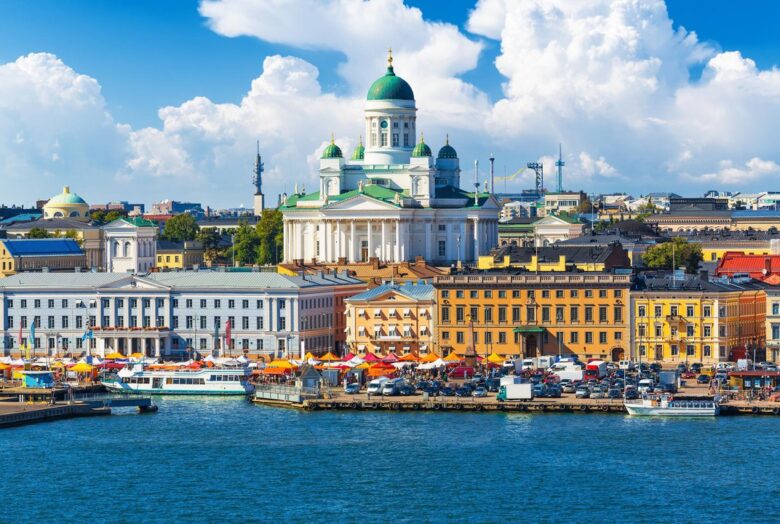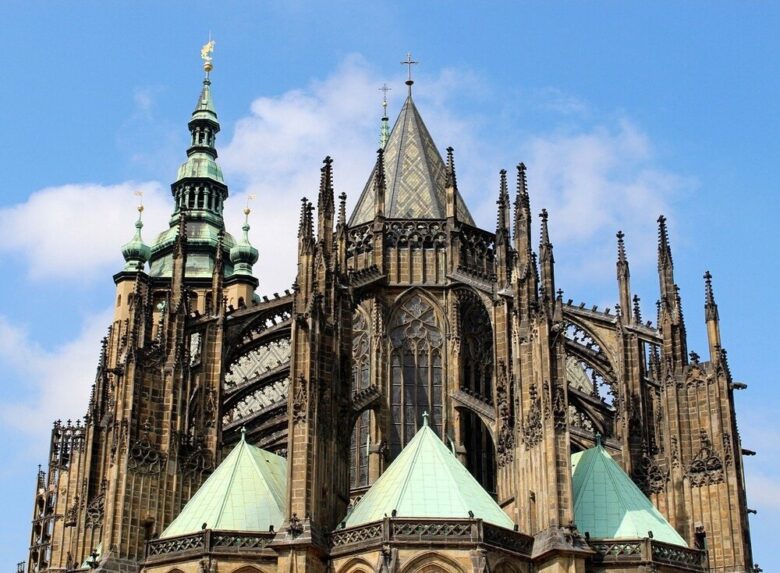Exploring the best of Europe is a dream for many travelers. From the vibrant cities to the quaint countryside, there’s something special about traveling through this continent that draws people from all over the world. As such, it can be difficult to know where to start when planning your visit to Europe. To help you out, here’s a guide to urban sightseeing in some of Europe’s top cities.
Contents
The Capital of Happiness, Finland

Source: smithsonianmag.com
Finland has been chosen as the happiest country in the world for the sixth time in a row in 2024, and no wonder. This Nordic country has managed to build a society that works brilliantly according to the annual World Happiness Report. The capital of the country, Helsinki, is still unknown to many and maybe even a little exotic. It’s history stretches back a couple of hundred years. In versatile Helsinki, it is easy for a tourist to find things to do, such as enjoying museum tours, visiting cafes and flea markets, or to play roulette at the Finland Grand Casino. The historic buildings in the center are also worth seeing. The main sights of the city are The Suomenlinna Sea Fortress and the Helsinki Cathedral, which stands majestically in the middle of the city in its white color.
Archaeological sites of Rome, Italy
Rome, Italy, is home to some of the most impressive archaeological sites in the world. The Colosseum, built in 80 AD, is one of ancient Rome’s most iconic and well-preserved monuments. The Roman Forum was once a bustling center of political and social life in the city. Today, it’s an open-air museum filled with ruins from temples, basilicas, and other important buildings. The Pantheon is another must-see site that dates back to 126 AD and features a stunning dome ceiling. Other notable archaeological sites include the Baths of Caracalla, Trajan’s Market, Palatine Hill, Circus Maximus, Catacombs of San Callisto, Appian Way Archaeological Park, Villa Adriana (Hadrian’s Villa), Ostia Antica (the ancient port city), and many more.
The cuisine of Barcelona, Spain

Source: bonappetour.com
Barcelona is a city that offers a wide variety of culinary experiences. There’s something for everyone, from traditional Catalan dishes to modern fusion cuisine. Some of the most popular dishes include paella, which is a rice dish cooked with seafood or vegetables; calçots, which are grilled spring onions served with romesco sauce; and botifarra, a type of sausage made from pork. Other local favorites include esqueixada (a salad made with salt cod), escalivada (roasted vegetables), and crema catalana (a custard dessert). Tapas are also very popular in Barcelona – small plates of food such as olives, cheese, cured meats, and anchovies. For drinks, locals enjoy vermouth on the rocks or mixed into cocktails like the classic Negroni. Wine lovers will find plenty to choose from in Barcelona’s many wine bars and restaurants.
Port of Amsterdam, Netherlands
The Port of Amsterdam is the fourth-largest port in Europe, located in the city of Amsterdam, Netherlands. It is a major hub for cargo and passenger ships, as well as a popular tourist destination. The port covers an area of over 2,500 hectares and has more than 100 kilometers of quayside. It is home to many different types of vessels, including container ships, bulk carriers, tankers, cruise ships and ferries. The port also offers a wide range of services, such as ship repair and maintenance facilities, storage areas for goods and materials, customs clearance services and much more. In addition to its commercial activities, the Port of Amsterdam also hosts several cultural events throughout the year, such as music festivals and art exhibitions.
Gothic architecture of Prague, Czech Republic

Source: czechcenter.org
Prague is home to some of the most beautiful and unique Gothic architecture in the world. The city’s skyline is dominated by its many spires, towers, and turrets, which are all part of its Gothic style. The Charles Bridge is one of Prague’s most iconic examples of Gothic architecture, with its ornate statues and intricate details. Other notable examples include St. Vitus Cathedral, Old Town Hall Tower, and Tyn Church. These structures feature pointed arches, ribbed vaults, flying buttresses, tracery windows, pinnacles and gargoyles – all elements that make up a classic Gothic structure. Prague’s Gothic architecture has been around since the 13th century when it was first introduced by King Charles IV as part of his vision for a grand city center. Since then, it has become an integral part of the city’s identity and culture.
Castles and universities of Edinburgh, Scotland
Edinburgh, Scotland, is home to some of the world’s most iconic castles and universities. The city’s most famous castle is Edinburgh Castle, which dates back to the 12th century and sits atop an extinct volcano. It has been a royal residence since the 16th century and is now a popular tourist attraction. Another famous castle in Edinburgh is Craigmillar Castle, which was built in the 15th century and served as a royal retreat for Mary Queen of Scots.
The University of Edinburgh was founded in 1583 and is one of Scotland’s oldest universities. It has produced many influential figures throughout its history, including Charles Darwin, Alexander Graham Bell, David Hume, Adam Smith, and JK Rowling. The university offers a wide range of courses across various disciplines, such as medicine, law, engineering, science, business studies and more.
Edinburgh also boasts several other prestigious universities, such as Heriot-Watt University (founded 1821), Napier University (founded 1992) and Queen Margaret University (founded 2007). These institutions offer students from around the world an opportunity to study at some of Europe’s leading educational establishments.
To sum up, urban sightseeing is an exciting way to explore a city and learn about its culture. Take your time, ask locals for tips, and remember to bring a camera to capture all of your experiences.
